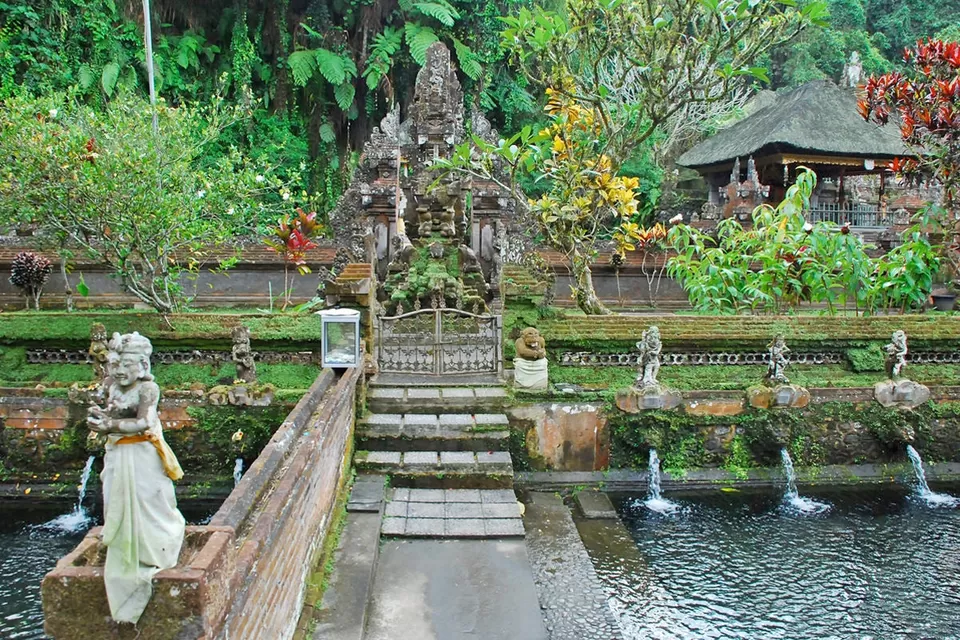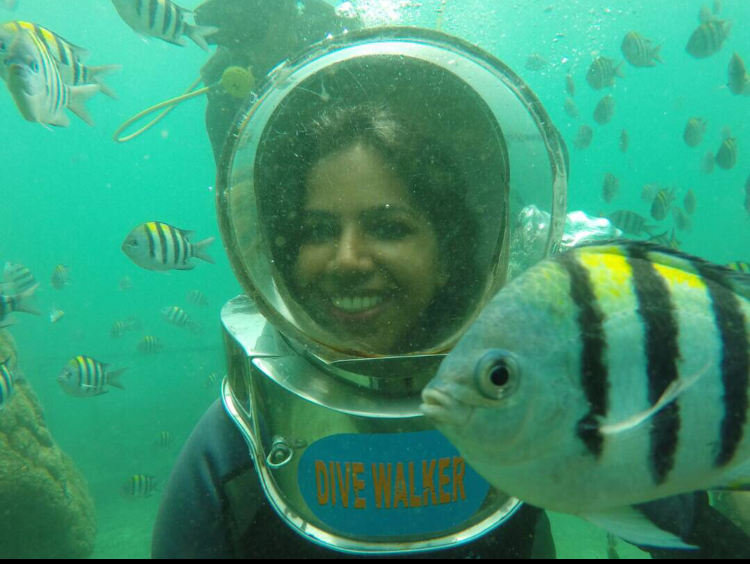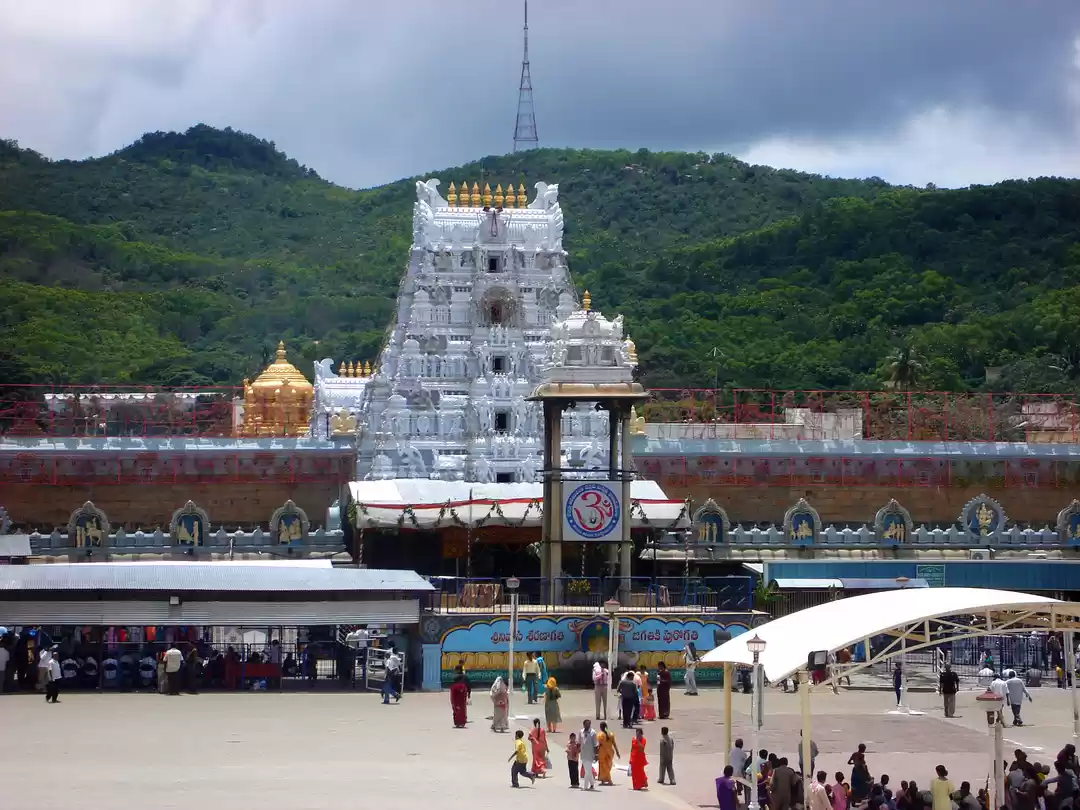If you are looking for a unique and fascinating destination in Bali, look no further than Gunung Kawi, the ancient rock temple carved into the cliffs of a lush river valley. Gunung Kawi is not only a stunning sight, but also a place of history, legend, and culture.
In this guide, you will learn everything you need to know about Gunung Kawi, from its origin and significance, to its features and attractions, to its nearby places and activities, to its tips and advice for visiting. Whether you are a history buff, a nature lover, or a spiritual seeker, Gunung Kawi will surely captivate you with its beauty and mystery.
History and Legend of Gunung Kawi
Gunung Kawi means "mountain of poetry" in Balinese, and it is indeed a poetic place that inspires awe and wonder. Gunung Kawi is one of the oldest and most sacred sites in Bali, dating back to the 11th century. It consists of 10 rock-cut shrines, or candi, that are dedicated to the royal family of the Balinese kingdom of Udayana. The candi are carved into the cliffs on both sides of the Pakerisan River, which is considered holy by the Balinese. The candi are believed to be the tombs or memorials of the king, his wives, his children, and his prime minister.

However, there is also a legend that tells a different story about the origin of Gunung Kawi. According to the legend, Gunung Kawi was created by a giant named Kebo Iwa, who was a loyal servant of the king. Kebo Iwa was so powerful that he could carve the candi with his fingernails in one night. He did this as a tribute to the king and his family, who had died in a war. The legend also says that Kebo Iwa was killed by a trick of his enemies, who buried him under a pile of rocks. His grave is said to be located near Gunung Kawi, and some people claim to have seen his spirit wandering around the temple.
Features and Attractions of Gunung Kawi
Gunung Kawi is a remarkable example of Balinese art and architecture, as well as a place of natural beauty and spiritual energy. To reach the temple, you have to descend about 300 steps through a scenic path that passes by rice terraces, palm trees, and tropical plants. Along the way, you will see vendors selling souvenirs, snacks, and drinks. You will also encounter some friendly monkeys, who may try to snatch your belongings if you are not careful.
Once you reach the bottom of the stairs, you will cross a bridge over the Pakerisan River, and enter the temple complex. You will need to wear a sarong and a sash, which are provided at the entrance, to respect the local customs and beliefs. You will also need to pay a small fee of 15,000 rupiah (about $1) to enter the temple.
The first thing you will notice is the impressive sight of the candi, which are about 7 meters high and carved with intricate details. The candi are arranged in four groups, with four on the west side of the river, and six on the east side. The candi on the west side are dedicated to the king and his prime minister, while the candi on the east side are dedicated to the king's wives and children. Each candi has a small chamber inside, where offerings and prayers are made. You can also see some ancient inscriptions and reliefs on the walls of the candi, which depict scenes from Hindu mythology and history.
Besides the candi, there are other features and attractions to explore in Gunung Kawi. You can walk along the river and enjoy the soothing sound of the water and the fresh air. You can also visit the holy springs, where you can purify yourself by splashing some water on your face and body. You can also see some smaller temples and shrines, where you can observe the local rituals and ceremonies. You can also admire the stunning views of the valley and the mountains, and take some amazing photos of the scenery.
Nearby Places and Activities around Gunung Kawi
Gunung Kawi is located in the village of Tampaksiring, which is about 18 kilometers northeast of Ubud, the cultural center of Bali. Tampaksiring is a charming and peaceful area, where you can find some other interesting places and activities to enjoy around Gunung Kawi. Here are some suggestions for you:

Tirta Empul Temple:
This is another ancient and sacred temple in Tampaksiring, which is famous for its holy water spring. The spring feeds a series of pools, where people come to bathe and cleanse themselves physically and spiritually. The temple is also a beautiful and serene place, where you can admire the architecture and the carvings, and learn about the Hindu beliefs and practices. Tirta Empul Temple is only about 2 kilometers from Gunung Kawi, and you can easily walk or take a taxi to get there.
Kintamani Volcano:
This is one of the most popular attractions in Bali, where you can see the majestic Mount Batur, an active volcano that rises above a lake of the same name. The volcano and the lake offer a spectacular view, especially at sunrise or sunset. You can also hike or bike around the volcano, or take a boat ride on the lake. Kintamani Volcano is about 25 kilometers from Gunung Kawi, and you can take a bus or a tour to get there.
Ubud Monkey Forest:
This is a nature reserve and a temple complex in Ubud, where you can see hundreds of cheeky and cute monkeys roaming freely. The monkeys are very friendly and curious, and they will interact with you if you have some bananas or peanuts to feed them. However, be careful not to touch or tease them, as they may bite or scratch you. The monkey forest is also a lovely and tranquil place, where you can see some ancient temples and statues, and walk among the lush trees and plants. Ubud Monkey Forest is about 18 kilometers from Gunung Kawi, and you can take a bus or a taxi to get there.
Tips and Advice for Visiting Gunung Kawi
Gunung Kawi is a wonderful and worthwhile place to visit in Bali, but there are some things you need to know and do to make the most of your experience. Here are some tips and advice for visiting Gunung Kawi:
- The best time to visit Gunung Kawi is in the morning, when the weather is cooler and the crowds are smaller. You can also catch the sunrise over the valley, which is a magical sight. The temple is open from 7 a.m. to 5 p.m. every day, but it may be closed for special occasions or ceremonies, so check the schedule before you go.
- The transportation options to Gunung Kawi are varied and affordable. You can take a bus from Ubud or Denpasar, which costs about 20,000 rupiah (about $1.5) and takes about an hour. You can also take a taxi, which costs about 150,000 rupiah (about $10) and takes about 40 minutes. You can also rent a motorbike or a car, which gives you more flexibility and convenience. You can also join a tour, which includes a guide and a driver, and covers other attractions in the area.
- The dress code and the etiquette for visiting Gunung Kawi are important and respectful. You need to wear a sarong and a sash, which are provided at the entrance, or you can bring your own. You also need to cover your shoulders and knees, and avoid wearing anything too revealing or offensive. You also need to remove your shoes before entering the temple, and keep them in a designated area. You also need to be quiet and polite, and not disturb the locals or the worshippers. You also need to ask for permission before taking photos of people or ceremonies, and not use flash or drones.
- The safety precautions for visiting Gunung Kawi are simple and sensible. You need to be careful of the stairs, which are steep and slippery, and use the handrails or the walking sticks. You also need to be careful of the monkeys, which may steal your belongings or bite you. You also need to be careful of the vendors, who may overcharge you or sell you low-quality products. You also need to be careful of the water, which may be contaminated or cause allergic reactions. You also need to be careful of the sun, which may cause sunburn or heatstroke, and use sunscreen, hat, and sunglasses.
Gunung Kawi is a must-see attraction in Bali, where you can discover the ancient and the sacred, the natural and the cultural, the beautiful and the mysterious. Gunung Kawi is more than just a temple, it is a place of poetry and wonder, where you can connect with the past and the present, the earth and the sky, the self and the divine. Gunung Kawi is a place that will leave you speechless and breathless, and make you fall in love with Bali even more.
If you are ready to embark on this unforgettable adventure, plan your trip to Gunung Kawi today, and experience the magic for yourself. You will not regret it, and you will never forget it.




























